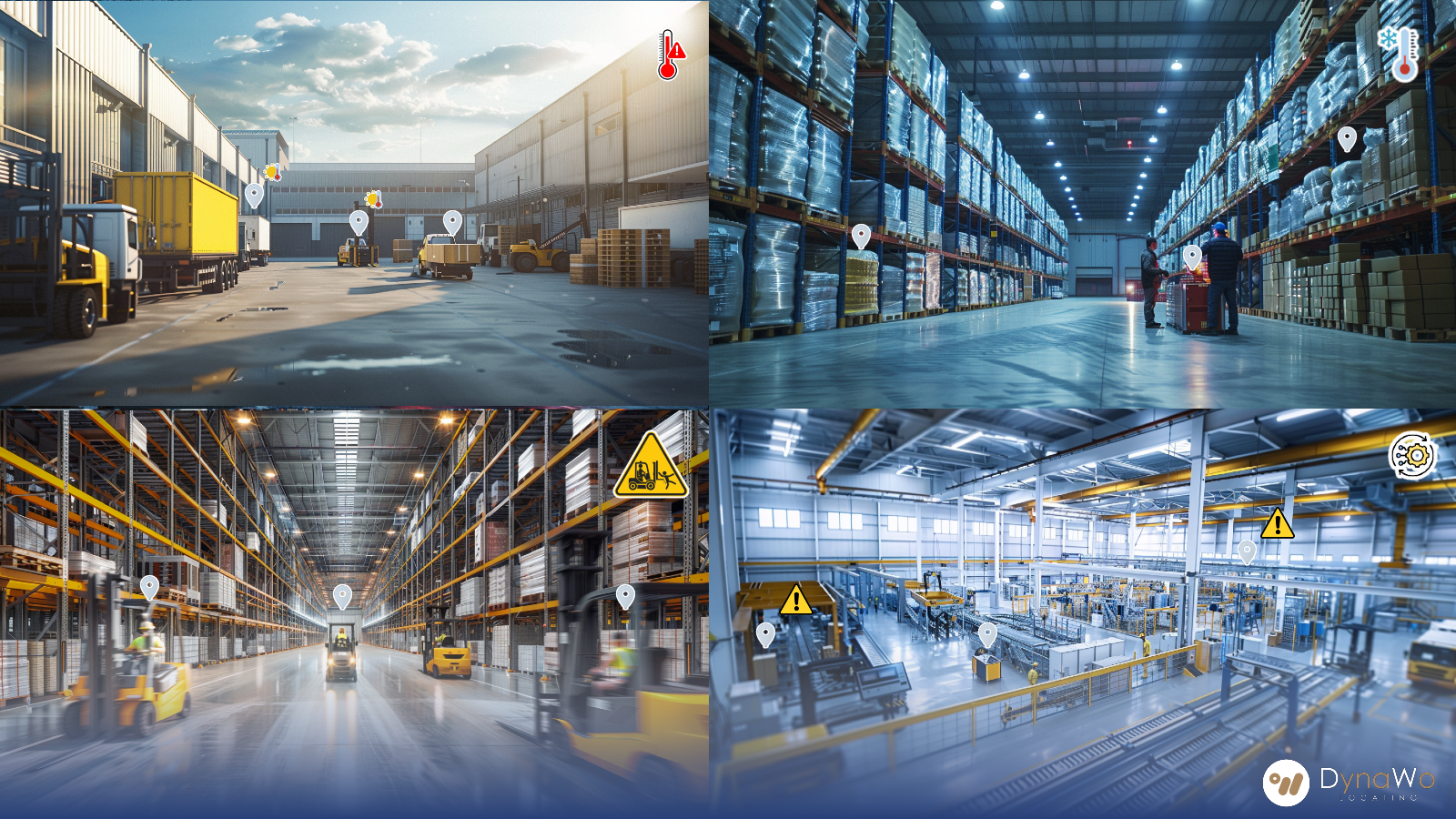Many treat RTLS like a mirror — something that reflects what’s already happened.
But great systems don’t just tell you when things go wrong. They’re built to stop those problems before they start — and that’s what separates preventative RTLS systems from standard, reactive ones.
Real-time location data becomes powerful when connected to automated logic, event triggers, and IoT-based sensor inputs. That’s when RTLS graduates from awareness — to preemptive execution.
RTLS that stops problems before they start
Modern operations are fast, layered, and often fragile. One unlogged detour, one missed environmental trigger, one congested zone — and suddenly you’re left with reacting instead of managing.
The best RTLS setups help avoid that altogether:
- In warehouses, dynamic geofence rules can suggest redirect routes for forklifts in real-time before congestion builds or collisions happen – using real-time traffic flow data integrated with dynamic zone maps.
- In cold chains, RTLS paired with temperature sensors and threshold-based logic send real-time alerts to workers to ensure the goods could be relocated in a suitable temperature zone immediately.
- On factory floors, RTLS alerts systems or staff when rerouting may be necessary — so corrective actions can be taken before delays stack up.
- In loading zones, temperature sensors identify areas where equipment idles too long — such as under direct sun exposure. If both temperature and idle-time thresholds are exceeded, the system triggers alerts or rerouting logic to prevent overheating or combustion risk for sensitive or flammable goods.
- In manufacturing environments, UWB tags worn by personnel can restrict access to hazardous machinery zones unless required safety checks are completed. If compliance records are marked as incomplete in the system, access is blocked and supervisors are notified — preventing unauthorized or unsafe operation before it begins.
What preventive RTLS looks like
At DynaWo, we design proactive systems that think ahead — built on hybrid location tech and contextual logic engines tailored to real operational complexity:
- Smart geofences that adapt to real-time movement patterns, not just static blueprints.
- Multi-sensor integration that connects environmental risk (e.g. temperature deviation, path collisions) to actionable workflows.
- Rules engines that trigger alerts early — helping prevent worst-case scenarios and reduce risks before they escalate.
- Integration with existing systems that ensures seamless implementation of preemptive RTLS systems with software and systems in-use.
RTLS isn’t just for visibility. It’s for stability.
It’s for shaping the future — by preventing friction before it even starts.
Visibility is the baseline; prevention is the next step.
#RTLS #OperationalStability #ColdChainSafety #LogisticsAutomation #RealTimePrevention #DynaWo #ProactiveSystems

